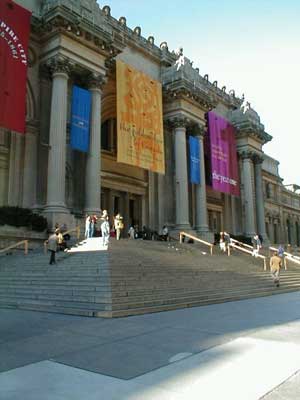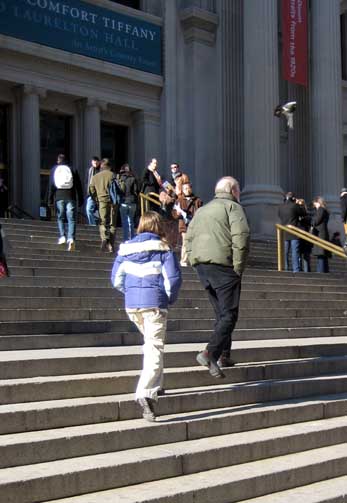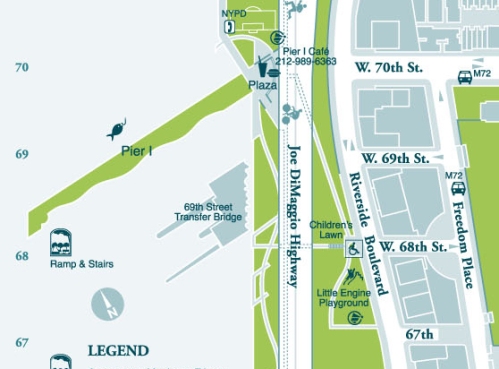Location : 1000 5th Ave, New York, NY
The Metropolitan Museum of Art first opened on February 20, 1872, housed in a building located at 681 Fifth Avenue in New York City. John Taylor Johnston, a railroad executive whose personal art collection seeded the museum, served as its first President, and the publisher George Palmer Putnam came on board as its founding Superintendent. Under their guidance, the Met’s holdings, initially consisting of a Roman stone sarcophagus and 174 mostly European paintings, quickly outgrew the available space. In 1873, occasioned by the Met’s purchase of the Cesnola Collection of Cypriot antiquities, the museum decamped from Fifth Avenue and took up residence at the Douglas Mansion on West 14th Street. However, these new accommodations were temporary; after negotiations with the city of New York, the Met acquired land on the east side of Central Park, where it built its permanent home, a red-brick Gothic Revival stone “mausoleum” designed by American architects Calvert Vaux and Jacob Wrey Mould. The Met has remained in this location ever since, and the original structure is still part of its current building. A host of additions over the years, including the distinctive Beaux-Arts facade, designed by Richard Morris Hunt and completed in 1926, have continued to expand the museum’s physical structure. As of 2006, the Met measures almost a quarter mile long and occupies more than two million square feet, more than 20 times the size of the original 1880 building.
Architecture : original architects of the Museum
Calvert Vaux and Jacob Wrey Mold designed the Museum’s first permanent home in Central Park—a red-brick neo-Gothic structure. The original facade was in the Gothic Revival Style in 1880. The present facade and entrance were completed in 1926. Part of the original facade can be viewed from the Robert Lehman Wing looking toward the European Sculpture and Decorative Arts galleries.































